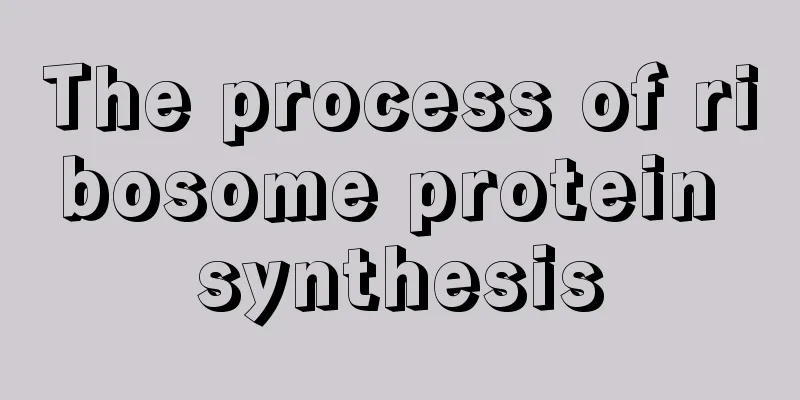The process of ribosome protein synthesis

|
Modern biology has developed to an unprecedented level and is able to analyze the composition of the body from a microscopic perspective. Among them, ribosomes are the most important microscopic substances discovered so far. They are the most basic component of the human body. Ribosomes have many functions, among which protein synthesis is their most basic ability. Let's take a look at the process of protein synthesis by ribosomes. Protein synthesis refers to the process by which organisms synthesize proteins according to the genetic information on messenger RNA (mRNA) transcribed from deoxyribonucleic acid (DNA). Protein biosynthesis is also called translation, which is the process of converting the base sequence in the mRNA molecule into the amino acid sequence in the protein or polypeptide chain. Synthesis process: There are many differences in the protein synthesis process between prokaryotes and eukaryotes. The process in eukaryotes is more complicated. The following focuses on the process of protein synthesis in prokaryotes and points out the differences between prokaryotes and eukaryotes. Protein biosynthesis can be divided into five stages: activation of amino acids, initiation of polypeptide chain synthesis, elongation of peptide chains, termination and release of peptide chains, and processing and modification after protein synthesis. Synthesis location: The ribosome is like a small mobile factory that rapidly synthesizes peptide chains along the mRNA template. Aminoacyl tRNA enters the ribosome at a very high rate, transfers the amino acid to the peptide chain, and is then expelled from the ribosome from another location. The elongation factor also continuously binds and dissociates from the ribosome. The ribosome and additional factors together provide the active area for each step of protein synthesis. Regulation of protein synthesis The rate of protein synthesis in organisms is regulated and controlled primarily at the transcription level and secondarily during the translation process. It is affected by many factors such as gender, hormones, cell cycle, growth and development, health status and living environment, as well as changes in numerous biochemical substances involved in protein synthesis. Since translation and transcription in prokaryotes are usually coupled and the life span of mRNA is short, the rate of protein synthesis is mainly determined by the rate of transcription. Attenuation is a way of regulating translation rate by first affecting transcription through excess or deficiency of translation products. The structure and properties of mRNA can also regulate the rate of protein synthesis. |
<<: Large muscle group training plan
>>: Symptoms of excess protein
Recommend
How many lines on the pregnancy test stick indicate pregnancy
With the development of medical technology in mod...
What should I do if my ankle hurts accidentally
Sprained ankles are common in life. People will f...
What is the survival rate after surgery for advanced gastric cancer
Gastric cancer is a serious chronic disease, espe...
The harm of long-term lack of sleep
I believe everyone knows the importance of sleep....
What should a super shopaholic do
Many people's enthusiasm for shopping has rea...
Postmenopausal women should be alert to endometrial cancer when vaginal bleeding occurs
"Endometrial cancer is one of the common mal...
What to do if you are stung by a longspined fish
Fish meat is rich in high protein, which can not ...
Do you usually need to wear underwear when wearing a swimsuit?
Swimming is a very good form of fitness exercise....
Excessive sweating can easily cause hair loss
Hair has a close relationship with the body. If y...
What are the methods to tighten facial skin?
For most female friends, the facial skin is very ...
The harm of feed pork
The pork people eat nowadays is generally feed po...
What is the control range of TG in hemisection of thyroid cancer
The range of TSH (thyroid-stimulating hormone) co...
Can cactus be eaten raw?
Cactus is an ornamental plant. Because it is easy...
What are the typical clinical signs of lung cancer patients
Typical physical signs of lung cancer patients in...
How to get rid of flies in the house
How to remove flies in the house? In addition to ...









